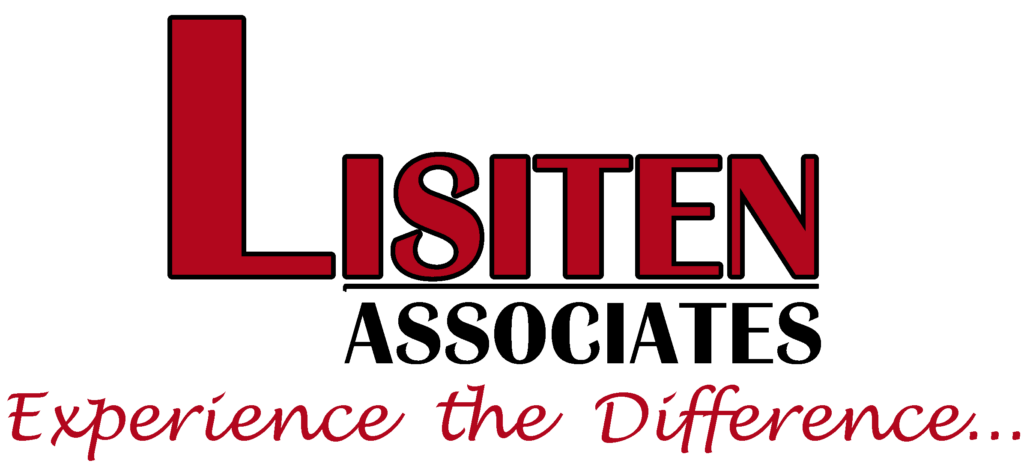You may hear the word “goodwill” thrown around a lot, but what does it really mean? When it comes to selling a business, the term refers to all the effort that the seller put into a business over the year. Goodwill can be thought of as the difference between the various tangible assets that a business has and the overall purchase price.
The M&A Dictionary defines goodwill in the following way, “An intangible fixed asset that is carried as an asset on the balance sheet, such as a recognizable company or product name or strong reputation. When one company pays more than the net book value for another, the former is typically paying for goodwill. Goodwill is often viewed as an approximation of the value of a company’s brand names, reputation, or long-term relationships that cannot otherwise be represented financially.”
Goodwill vs. Going-Concern
Now, it is important not to confuse goodwill value with “going-concern value,” as the two are definitely not the same. Going-concern value is typically defined by experts, as the fact that the business will continue to operate in a manner that is consistent with its intended purpose as opposed to failing or being liquidated. For most business owners, goodwill is seen as good service, products and reputation, all of which, of course, matters greatly.
Below is a list of some of the items that can be listed under the term “goodwill.” As you will notice, the list is surprisingly diverse.
42 Examples of Goodwill Items
- Phantom Assets
- Local Economy
- Industry Ratios
- Custom-Built Factory
- Management
- Loyal Customer Base
- Supplier List
- Reputation
- Delivery Systems
- Location
- Experienced Design Staff
- Growing Industry
- Recession Resistant Industry
- Low Employee Turnover
- Skilled Employees
- Trade Secrets
- Licenses
- Mailing List
- Royalty Agreements
- Tooling
- Technologically Advanced Equipment
- Advertising Campaigns
- Advertising Materials
- Backlog
- Computer Databases
- Computer Designs
- Contracts
- Copyrights
- Credit Files
- Distributorships
- Engineering Drawings
- Favorable Financing
- Franchises
- Government Programs
- Know-How
- Training Procedures
- Proprietary Designs
- Systems and Procedures
- Trademarks
- Employee Manual
- Location
- Name Recognition
As you can tell, goodwill, as it pertains to a business, is not an easily defined term. It is also very important to keep in mind that what goodwill is and how it is represented on a company’s financial statements are two different things.
Here is an example: a company sells for $2 million dollars but has only $1 million in tangible assets. The balance of $1 million dollars was considered goodwill and goodwill can be amortized by the acquirer over a 15-year period. All of this was especially impactful on public companies as an acquisition could negatively impact earnings which, in turn, negatively impacted stock price, so public companies were often reluctant to acquire firms in which goodwill was a large part of the purchase price. On the flip side of the coin, purchasers of non-public firms received a tax break due to amortization.
The Federal Accounting Standards Board (FASB) created new rules and standards pertaining to goodwill and those rules and standards were implemented on July 1, 2001. Upon the implementation of these rules and standards, goodwill may not have to be written off, unless the goodwill is carried at a value that is in excess of its real value. Now, the standards require companies to have intangible assets, which include goodwill, valued by an outside expert on an annual basis. These new rules work to define the difference between goodwill and other intangible assets as well as how they are to be treated in terms of accounting and tax reporting.
Before you buy a business or put a business up for sale, it is a good idea to talk to the professionals. The bottom line is that goodwill can still represent all the hard work a seller put into a business; however, that hard work must be accounted for differently than in years past and with more detail.
